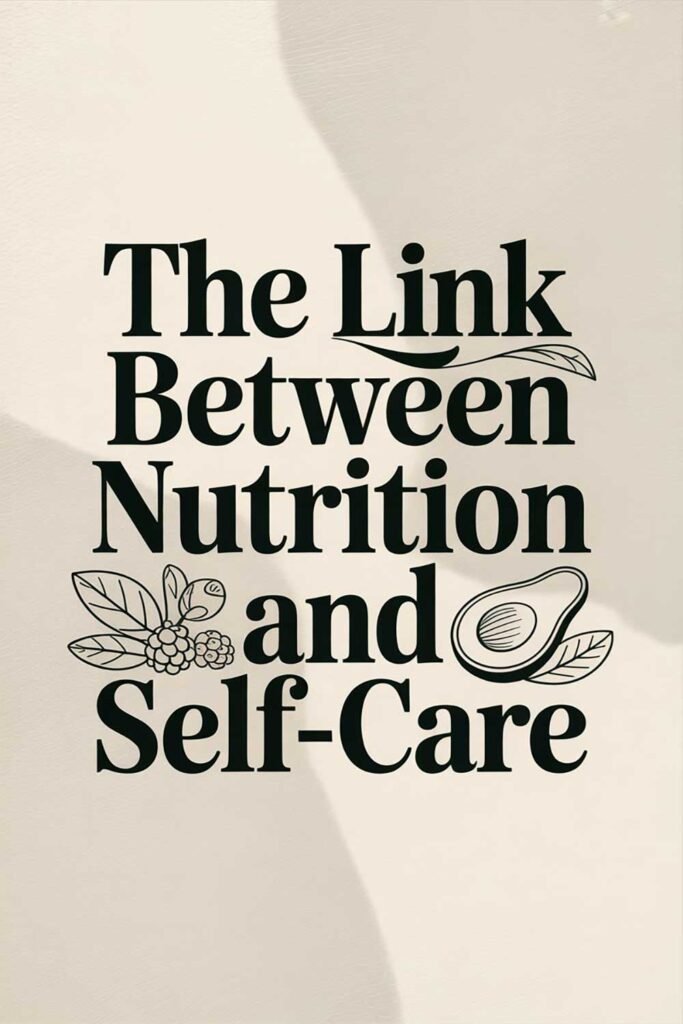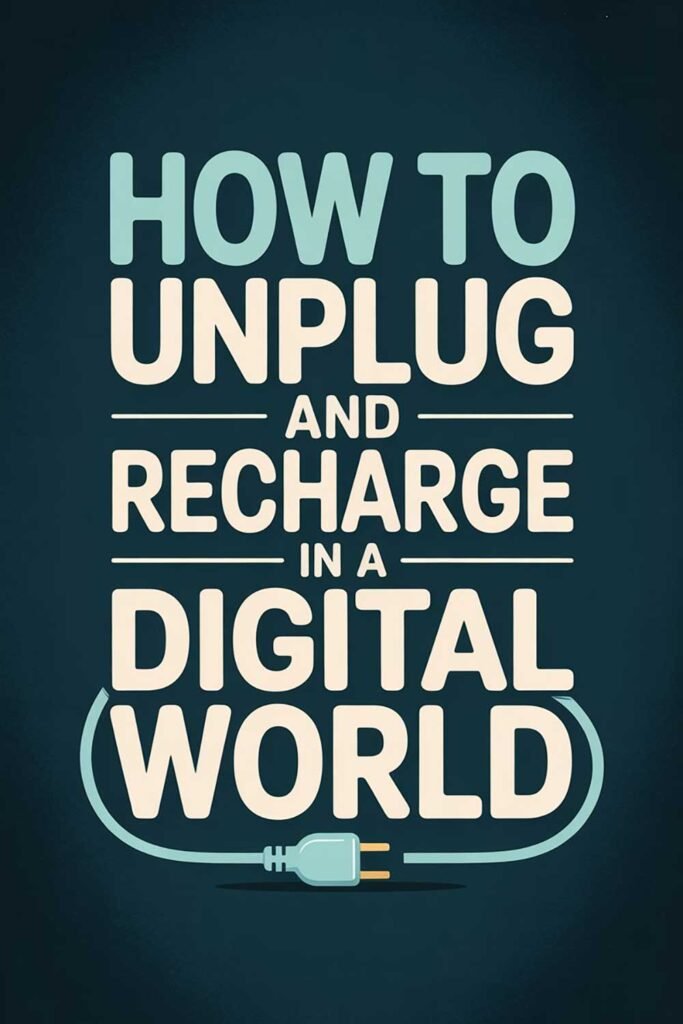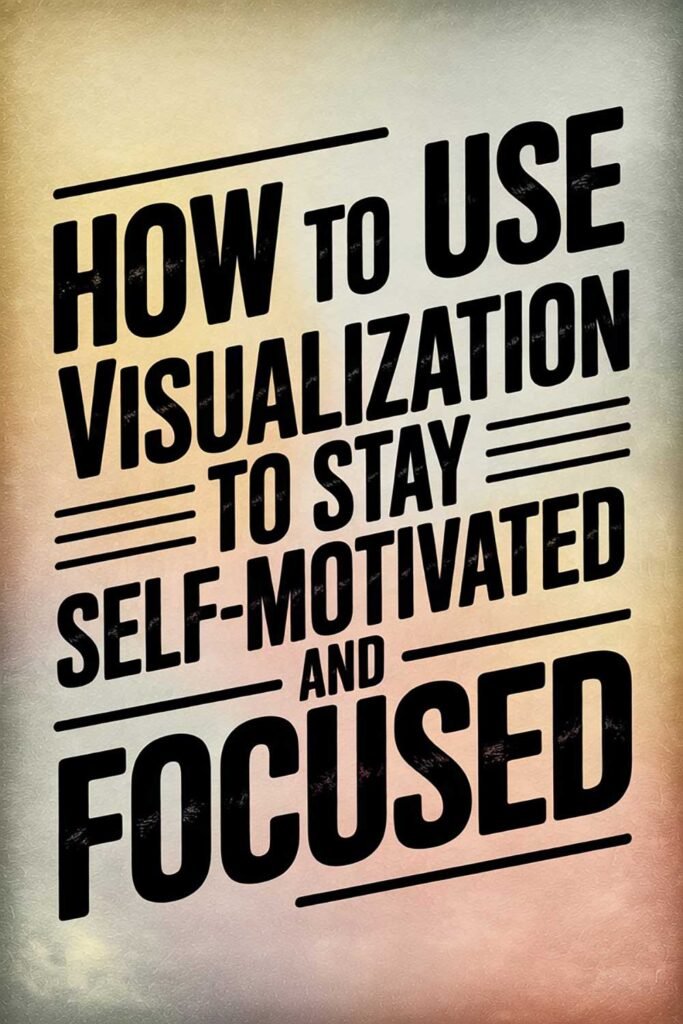
If you know someone who could benefit from this article, please share it with them. Learning how to label and understand emotions can empower better relationships, decision-making, and personal growth.
How to Label and Understand Your Emotions
Why Labeling and Understanding Emotions Matters
Emotions are complex, influencing your thoughts, behaviors, and relationships. Learning to accurately label and understand your emotions allows you to respond thoughtfully rather than react impulsively. This skill enhances emotional intelligence, resilience, and interpersonal connections.
Benefits of Emotional Awareness
- Improved Self-Awareness: Recognize and understand your emotional triggers.
- Better Decision-Making: Align responses with your goals and values.
- Stronger Relationships: Communicate your feelings clearly and empathize with others.
- Reduced Stress: Gain control over emotional reactions to stressful situations.
Steps to Label Your Emotions
1. Pause and Reflect
Take a moment to assess what you’re feeling before reacting to a situation.
- Questions to Ask Yourself:
- What am I feeling right now?
- What triggered this emotion?
- How is this emotion affecting my thoughts and actions?
2. Expand Your Emotional Vocabulary
Building a rich emotional vocabulary helps you label emotions accurately. Instead of defaulting to broad terms like “happy” or “sad,” explore more nuanced words.
- Examples:
- Happy: Content, joyful, elated, peaceful.
- Sad: Disappointed, lonely, heartbroken, melancholy.
- Angry: Frustrated, resentful, annoyed, enraged.
- Afraid: Nervous, anxious, insecure, terrified.
3. Observe Physical Sensations
Emotions often manifest physically before you consciously identify them.
- Examples:
- Tight chest or clenched fists may indicate anger or anxiety.
- A warm, relaxed feeling might reflect happiness or relief.
4. Identify Primary and Secondary Emotions
Primary emotions are universal, like joy, sadness, anger, and fear. Secondary emotions are more complex and influenced by personal experiences or cultural norms.
- Example: Feeling jealousy might stem from primary emotions like anger and fear.
5. Use Journaling to Explore Emotions
Writing about your emotions can clarify your feelings and uncover patterns over time.
- Prompt Ideas:
- Describe an emotional event and how you felt.
- What triggered the emotion, and how did you react?
- What could you do differently next time?
How to Understand Your Emotions
1. Trace the Source
Understand what caused your emotion. Was it an external event, an internal thought, or a combination of both?
- Activity: Reflect on the specific moment or trigger that sparked the emotion.
2. Consider Context
Emotions don’t exist in isolation. Consider how factors like your environment, relationships, or stress levels might be influencing your feelings.
3. Accept Your Emotions
Avoid judging your feelings as “good” or “bad.” Accepting emotions as they are allows you to process them effectively.
- Mantra: “It’s okay to feel this way. Emotions are temporary.”
4. Seek Patterns
Identify recurring emotional triggers to gain insight into your emotional habits.
- Example: If you frequently feel anxious before meetings, explore what’s causing the fear and how to address it.
5. Use Empathy to Understand Others’ Emotions
Understanding your emotions helps you empathize with others. Practice active listening and imagine how they might be feeling.
Practical Exercises to Label and Understand Emotions
- Emotion Wheel: Use an emotion wheel to identify specific feelings and their related emotions.
- Daily Check-In: Spend a few minutes each day reflecting on your emotions and their causes.
- Body Scan: Close your eyes and observe physical sensations in your body to uncover hidden emotions.
- Role-Playing: Practice expressing emotions in safe scenarios to better understand and articulate them.
Picture This
Imagine navigating your emotions with clarity and confidence. You accurately label your feelings, understand their causes, and respond thoughtfully. This emotional awareness deepens your relationships and empowers you to handle challenges with resilience. What step will you take today to better understand your emotions?






